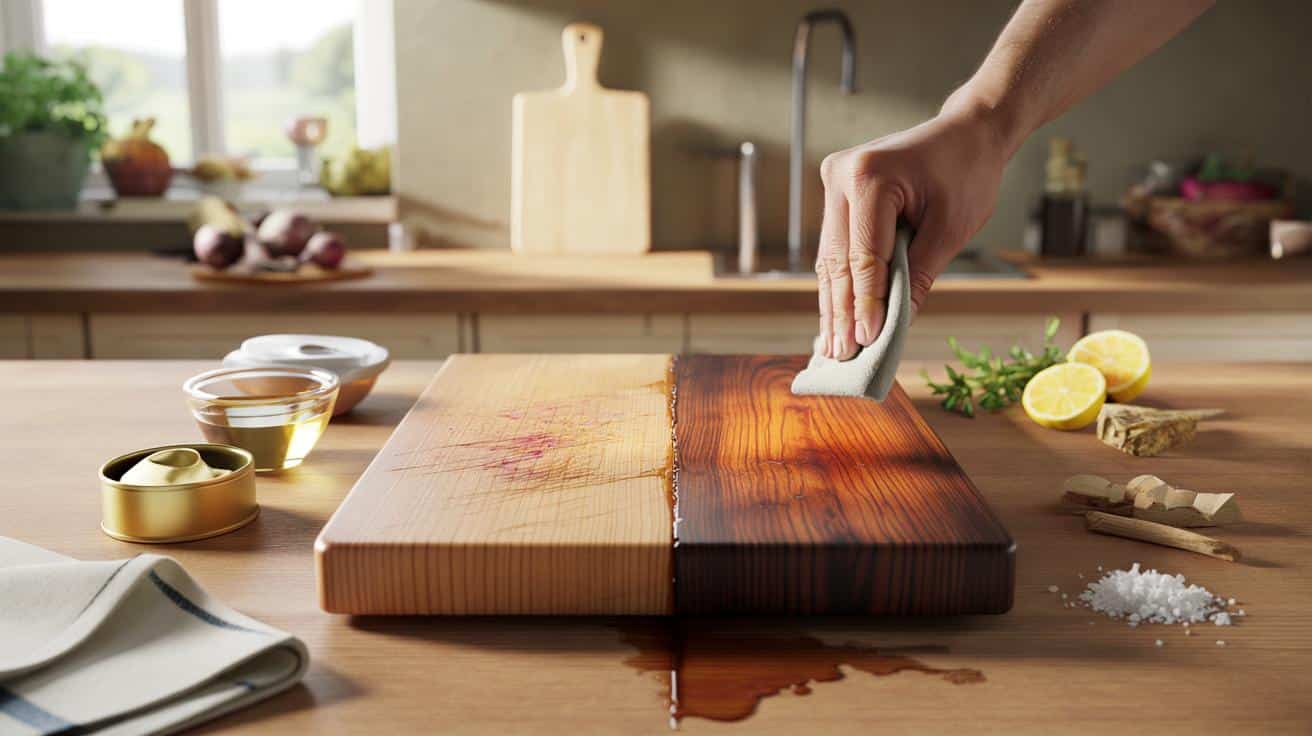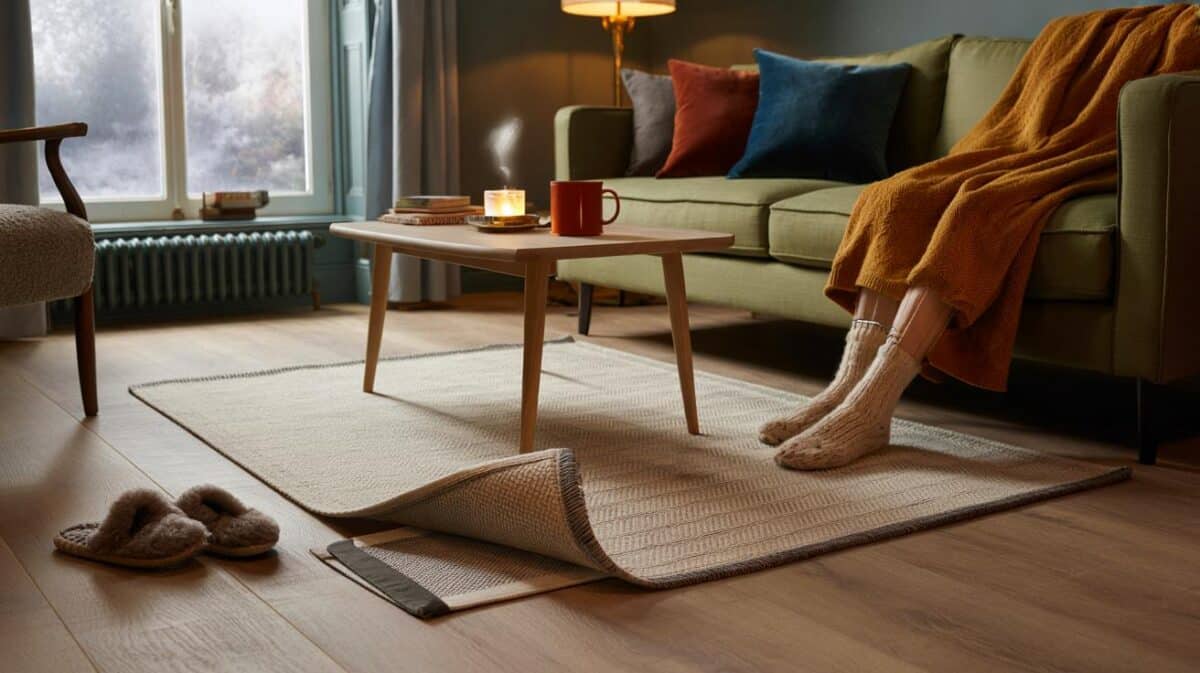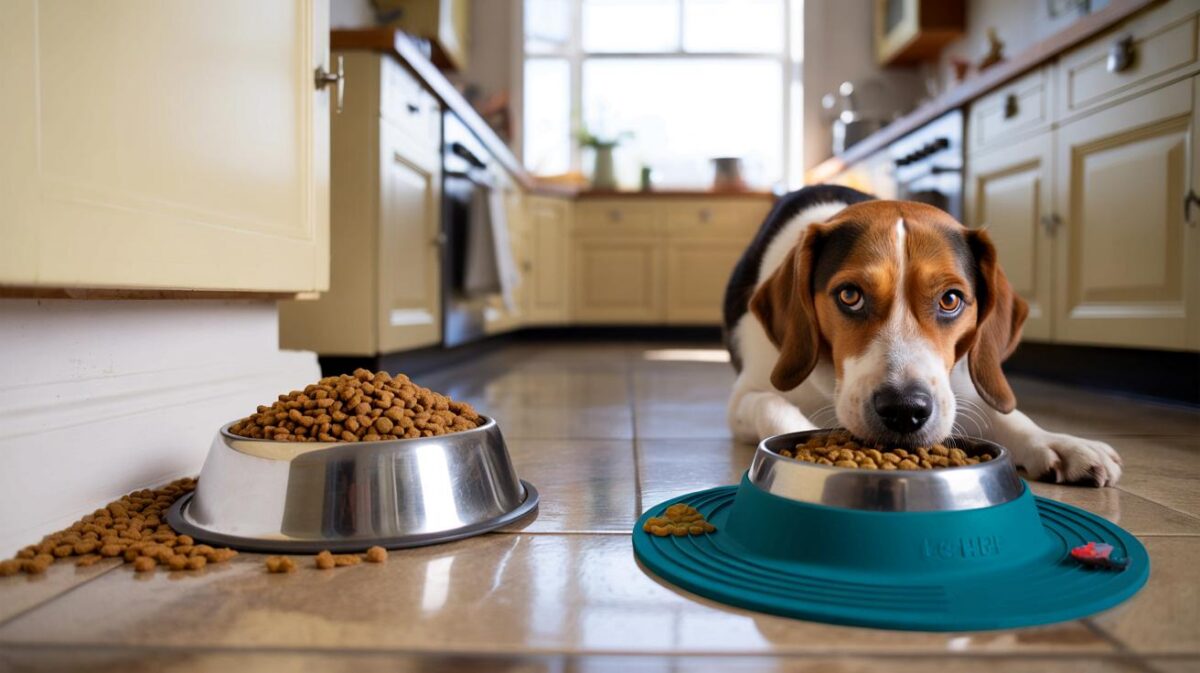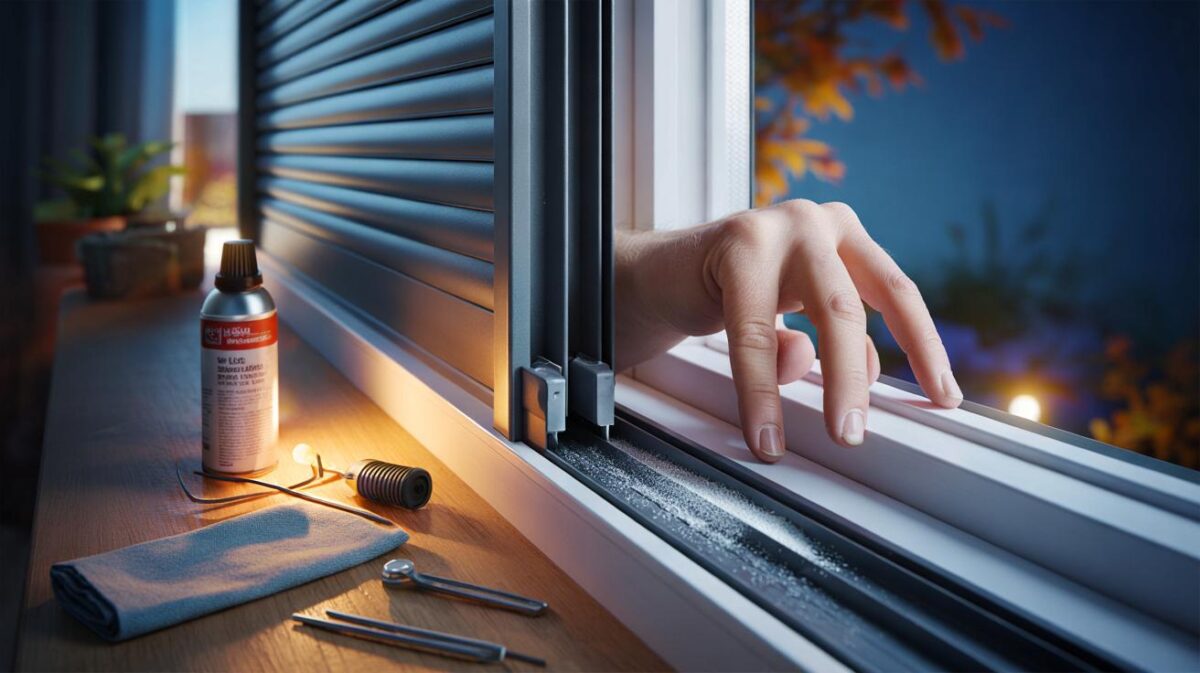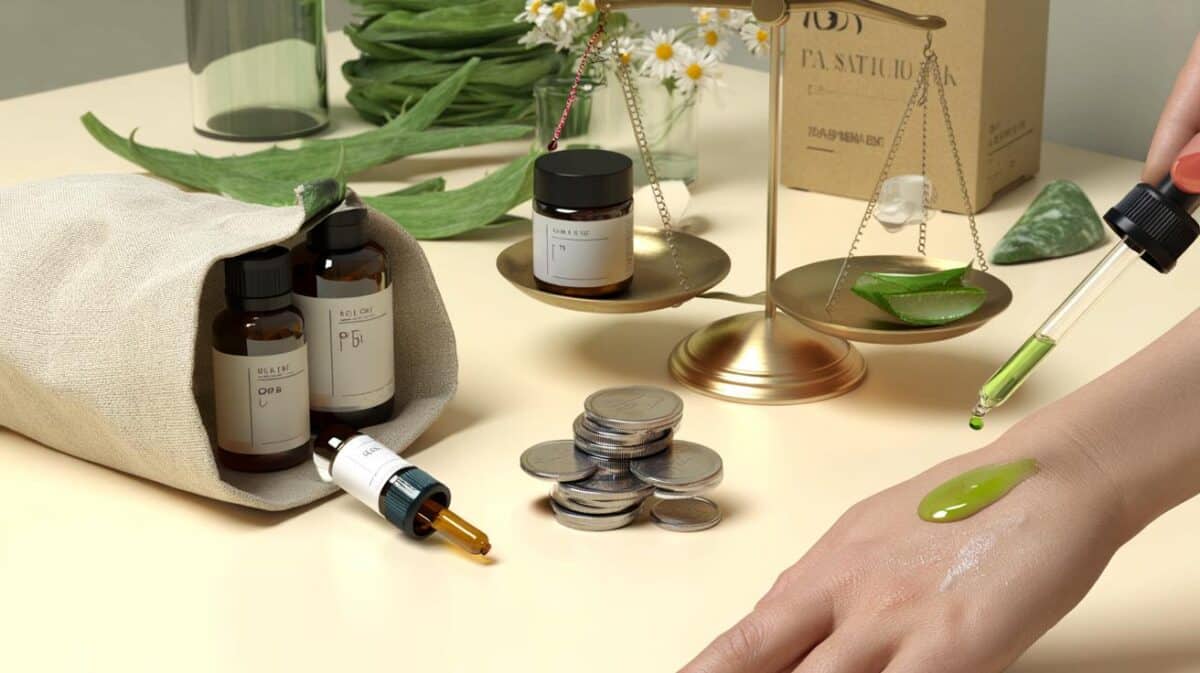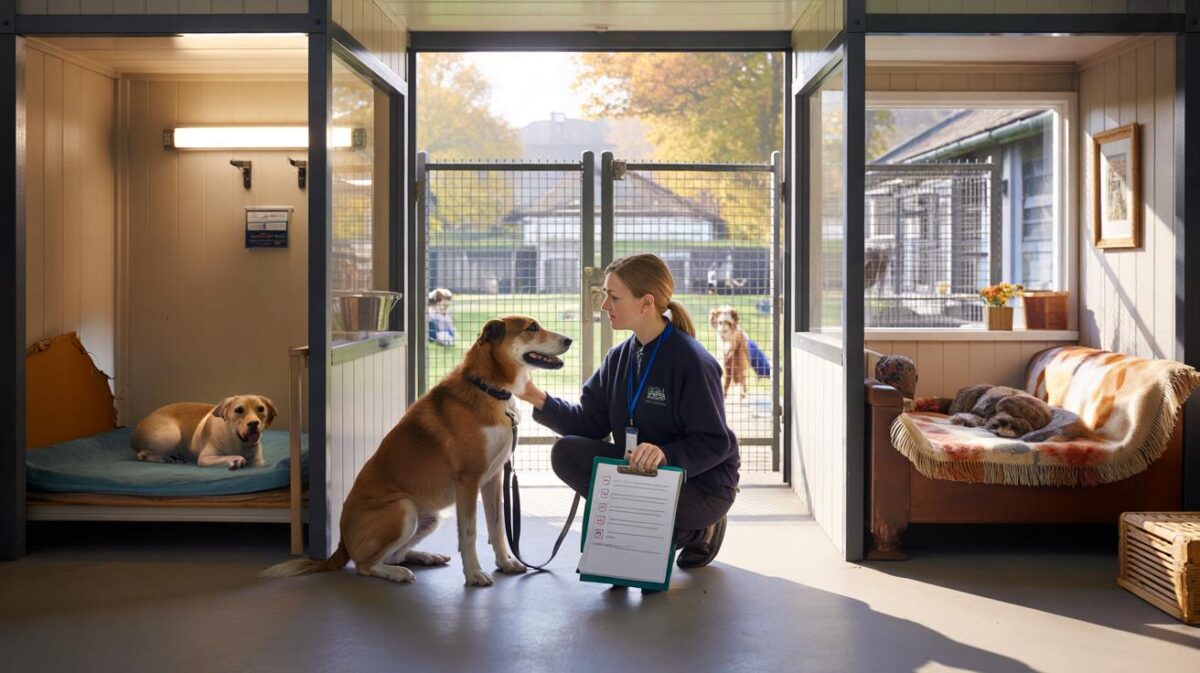Across Britain, home cooks are slicing squash, roots and Sunday joints on boards that are quietly drying out, staining and harbouring smells. A small change to weekly care, paired with a minute-long routine every couple of months, keeps timber tight, clean and ready for years of service.
Why your board wears out faster than you think
Wood hates extremes. Hot water swells fibres. Cold air then shrinks them. Repeated cycles open tiny splits. Acidic juices from onions, citrus and beetroot etch the surface. Knife edges score grooves that trap moisture and food. A dishwasher blasts boards with heat, steam and detergent, then bakes them dry. The result is a brittle, porous slab that drinks stains and holds odours.
Moisture plus heat opens the grain; drying without protection finishes the damage. Water is the enemy, not the solution.
Autumn ramps up the risk. Central heating dries indoor air. Steaming pans add humidity. Boards left flat on wet countertops stay damp for hours. That’s when warping begins. Leave a soaked board to air-dry on its face and it can cup by the morning.
The one-minute oil routine that seals and nourishes
There is a fix that costs pennies and takes less than a minute: saturate the wood with a food-safe, neutral oil. Oil fills the pores. It forms a water-resistant barrier. It stops stains seeping deep. It keeps timber supple so hairline cracks don’t grow. Bacteria struggle to cling to a surface that’s smooth and dry to the touch.
Oil every two to three months, or the moment the surface looks pale, dry or rough under your fingertips.
Step-by-step in 60 seconds
- Clean the board with warm water and a drop of mild washing-up liquid. Rinse and dry thoroughly.
- Stand it upright for 20 minutes so hidden moisture escapes from the end grain.
- Pour a teaspoon of food-grade mineral oil or grapeseed oil onto the surface.
- Massage it in with a clean cloth, working with the grain. Pay extra attention to the edges.
- Flip and repeat. Leave 30 minutes. Wipe off any excess. Very thirsty boards may need a second coat.
Which oil should you choose
Not all oils behave the same on wood. Some go sticky or rancid. Others stay stable and neutral.
| Oil | Taste/odour | Rancidity risk | Typical cost per 100 ml | Notes |
|---|---|---|---|---|
| Food-grade mineral oil | None | Very low | £1.80–£2.50 | Butcher-block staple; long shelf life |
| Grapeseed oil | Neutral | Medium | £0.60–£1.00 | Good budget choice; reapply a bit more often |
| Beeswax/mineral oil blend | Honeyed, faint | Very low | £2.50–£3.50 | Adds a soft sheen and extra water resistance |
| Olive/sunflower oil | Distinct | High | £0.70–£1.20 | Can turn sticky and smell over time; avoid |
Daily habits that keep boards fresh
Quick habits make a big difference. Wash promptly with warm water and a mild detergent. Never soak. Dry straight away with a tea towel. Then stand the board on its side to finish drying. Rotate which face you use so wear evens out. Keep one side for “sweet” jobs like fruit and bread, the other for savoury work such as garlic and herbs.
Keep wooden boards out of the dishwasher. Heat and detergent break down fibres and shorten their life.
Separate raw meat from ready-to-eat foods. A plastic board you can scrub hard suits raw poultry and fish. Wooden boards shine for veg, bread and cooked meats. That simple split reduces cross-contamination in busy kitchens.
Dealing with stains and smells without harsh chemicals
Beetroot marks and onion fumes don’t need bleach. Salt and citrus handle both. Sprinkle coarse salt over the board. Rub a cut lemon across the grain. The salt abrades gently. The acid loosens pigments and neutralises whiffs. Rinse with warm water and dry. Tough beet stains respond to a bicarbonate of soda paste, left for five minutes, then rinsed away.
For deep odours, swipe the surface with a cloth lightly dampened with 3% hydrogen peroxide. Rinse and dry immediately. Never mix hydrogen peroxide with vinegar or bleach. Once dry, oil the board to restore its protective barrier.
When to sand, and when to say goodbye
Shallow cuts are normal. Deep, dark grooves trap grime. If a fingernail catches in a cut, consider a quick sand. Use 180–240 grit paper. Work with the grain until the face feels smooth. Wipe away dust. Re-oil. The board will feel new again.
- Retire a board that has black mould down the grain.
- Replace one that rocks on the worktop or has warped more than a few millimetres.
- Bin a board with a split you can see daylight through.
- If smells persist after cleaning and drying, it’s time for a new one.
The small economics: why the routine pays you back
A decent wooden board costs about £25. Many households replace a tired, warped board every three years. Oiling extends service to seven or eight years. That alone saves roughly one extra purchase across a decade, which works out at about £35 saved after the price of oil and cloths. Less waste leaves your bin. Fewer deliveries shrink your footprint. Your knives also benefit, because a well-oiled board is kinder to edges than a dry, splintered slab.
Questions home cooks ask
How often should I oil
Look, touch, then decide. If the surface looks pale and drinks water spots instantly, oil now. Busy families who chop daily tend to oil every two months. Light users can stretch to three or four.
What about nut oils
Food-safe walnut oil cures to a hard finish, which some woodworkers love. It can be an option if no one has a nut allergy and you use it frequently enough to avoid any off smell. Many households prefer mineral oil for its neutrality and long shelf life.
Can I combine wax and oil
Yes. A thin coat of beeswax after oiling boosts water resistance. Warm the wax between your palms, rub it on, let it haze, then buff until the surface feels satiny.
Extra tips for a board that lasts
Choose end-grain if you can. The checkerboard look hides knife marks and self-heals better than edge-grain. Pick a thickness of at least 30 mm so it resists warping. Store boards away from radiators and sunny windows. A wire rack or two rubber spacers under the board improves air flow and shortens drying time after washing.
Set a quiet reminder on your phone for oiling. Pair it with a regular kitchen task, such as decanting dry goods or sharpening knives, so it becomes automatic. If you cook for a crowd, keep a spare board. Swapping between two gives each time to dry and stay flat. Small, steady care keeps the workhorse of your kitchen safe, clean and ready for the next meal.
